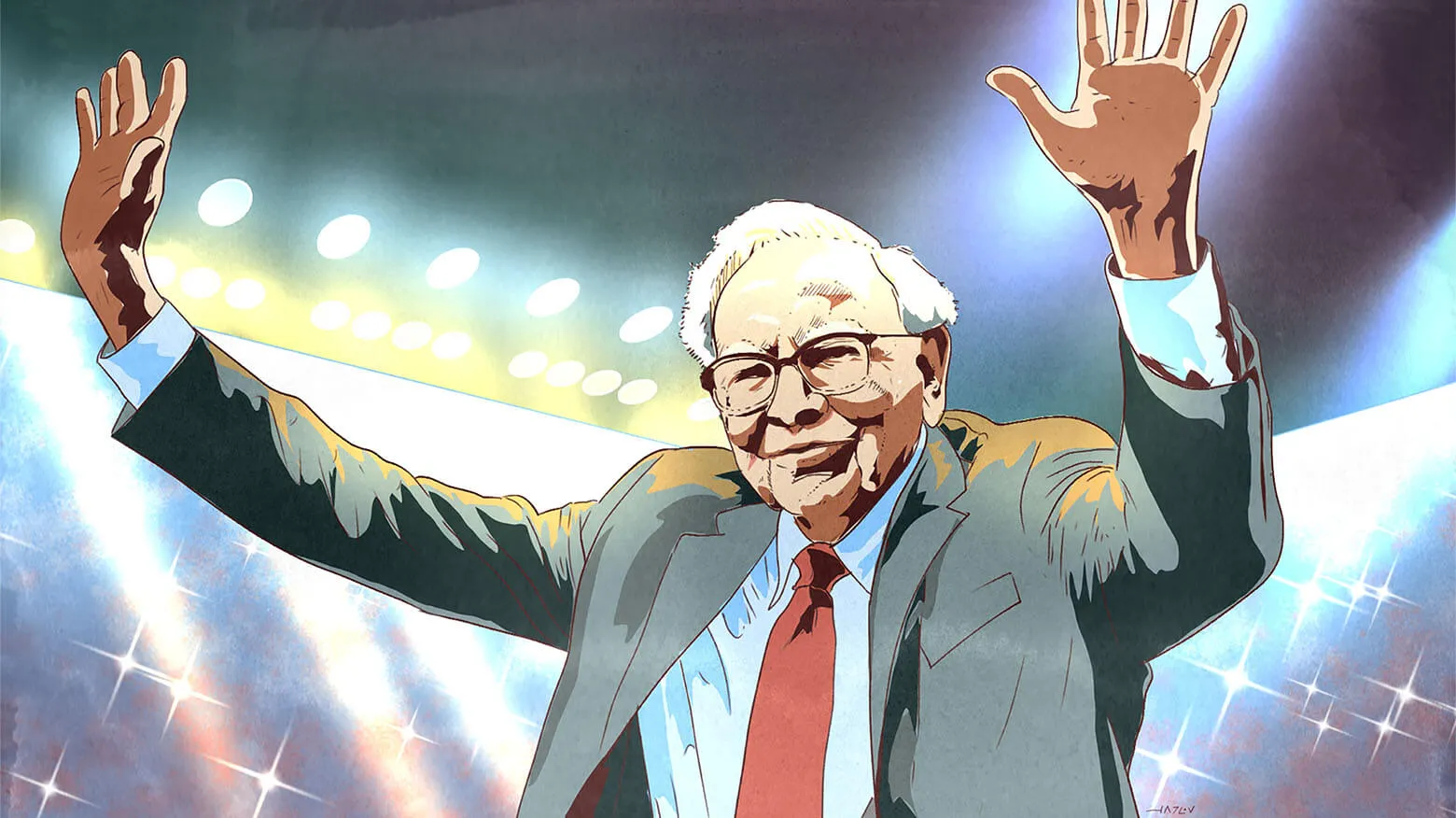October 27, 2004 – TheStreet.com: Street Insight
- Premium consumer brands no longer guarantee pricing power.
Sara Lee (SLE) reported earnings at the higher end of estimates, producing 44 cents per share. However, these results include 15 cents received from the sale of its European cut-tobacco business. Sales grew 4% during the quarter, with net income lagging a tad behind, growing 3%.
The sour spot in the company’s performance was the meat business. High commodity prices have impacted demand for its meats. Actually, looking over sales and volume growth segment by segment, the story is very similar. Across the board, volumes were either flat or slightly negative and sales were in large part helped by favorable currency translation.
It is very hard to judge SLE’s performance so far since the company is going through a transition. It is rationalizing its businesses, shifting focus on core brands, putting marketing dollars behind them, and either divesting or trying to maximize cash flows in its non-core brands.
SLE’s earnings call was very interesting in some respects. It convinced me even more that companies have very little pricing power in this market. It seems any time Sara Lee has tried to increase prices, it has resulted in lower volumes and subsequent lost of market share.
Commodity price increases are felt throughout the whole company and though management has indicated that it sees lower commodity prices in the second half of the year, I personally place very little value on its crystal ball. Though it is almost a given that lower cotton prices will help the company in the second half of the year, I am not sure that will be the case in other segments.
To tackle a larger issue, the power of brands, strong brands are supposed to command higher pricing and should have lower price elasticity. Interestingly, that has not been the case here. Sara Lee, Hanes, Jimmy Dean, Hillshire Farms, Ball Park, L’eggs and many other brands that are known outside the U.S. are very respectable brands. But it is apparent every time the company tries to charge a premium price for its brands (in passing higher commodity prices on to the consumer), demand drops off substantially. This brings me to the conclusion that consumer brands (at least in this environment) don’t guarantee a higher selling price (higher margin) but guarantee shelf space and higher volume if a company chooses to price its products in line with “generics.”
I believe SLE’s problems stem from a deeper issue. Consumers are overwhelmed by an abundance of brands in retail channels. Any innovation by one “strong brand” company is quickly copied by another with a similarly strong brand identity. Thus, brand is becoming necessary to participate in the game, but it doesn’t guarantee premium pricing — not anymore. Thus I think SLE’s problems are likely to continue going forward even after the commodity prices decline.
Vitaliy N. Katsenelson, CFA
Copyright TheStreet.com 2004









0 comments